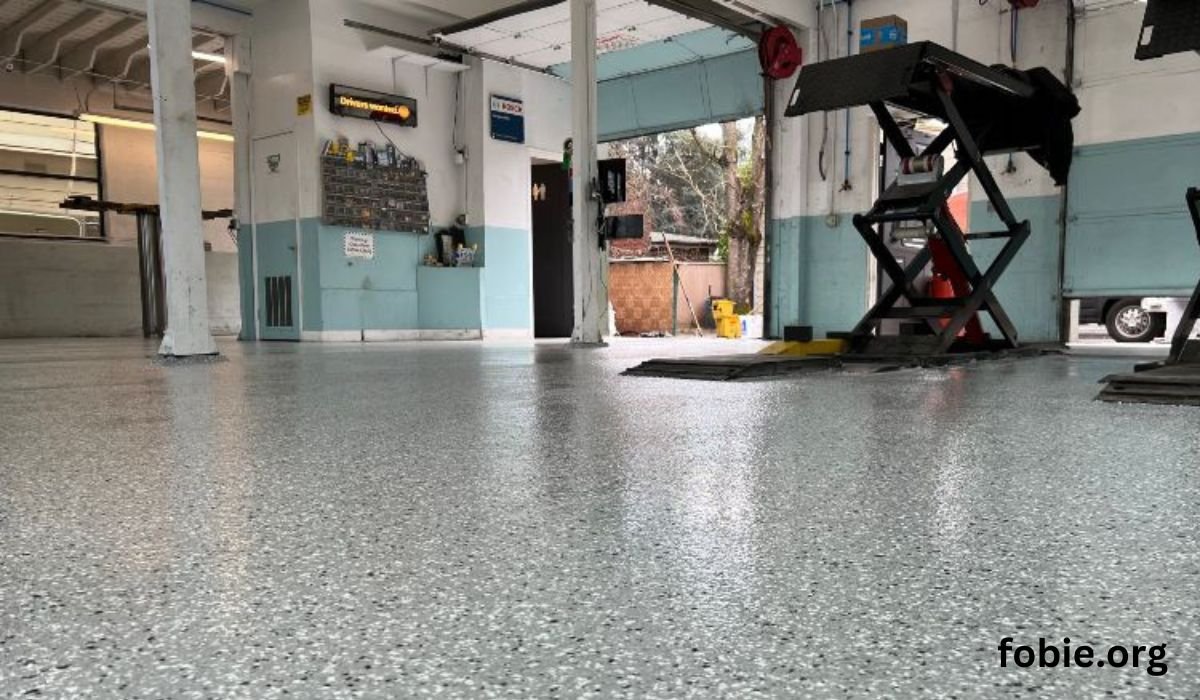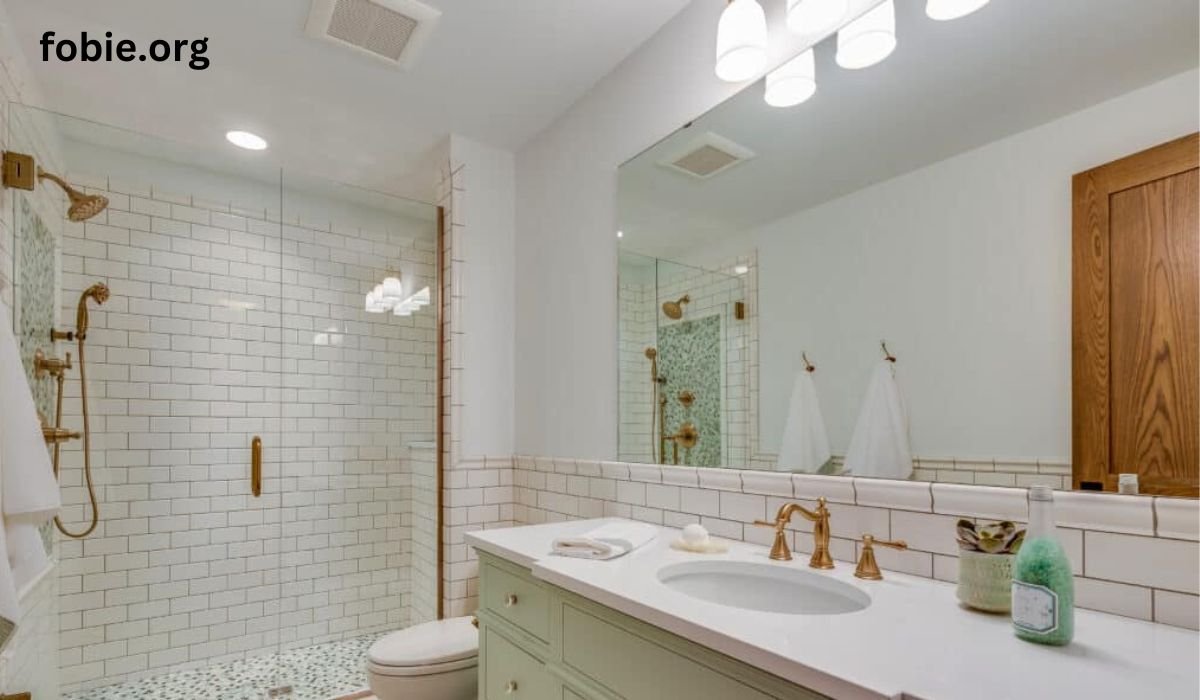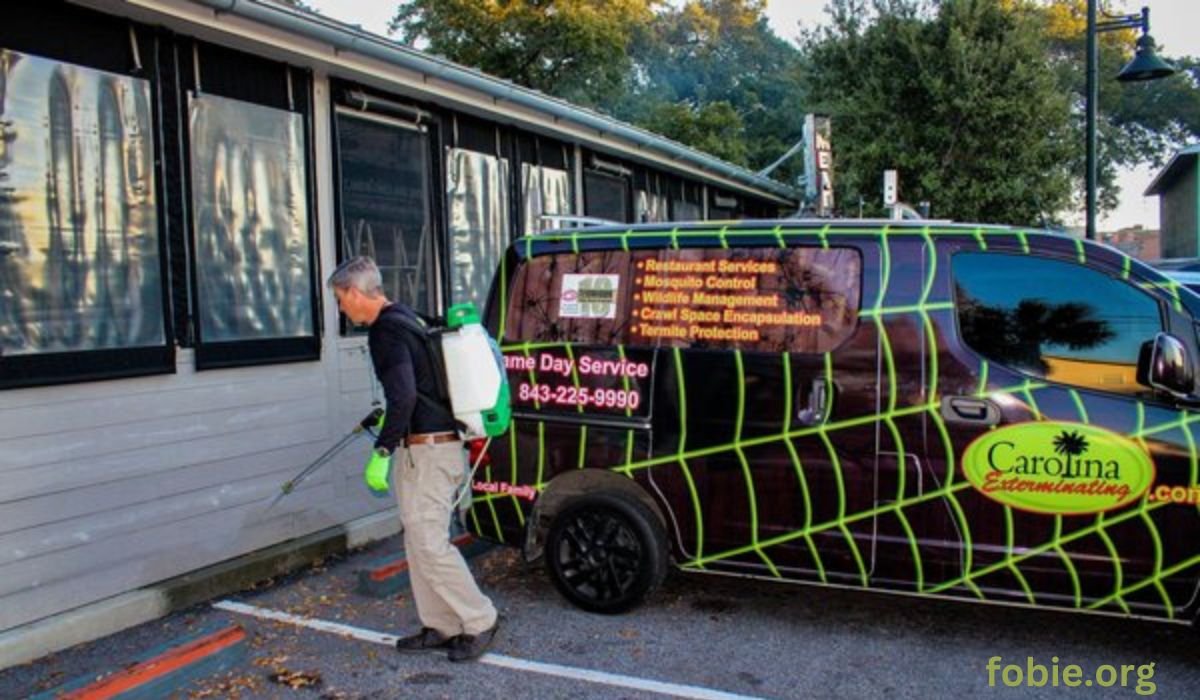Key Takeaways
- Advancements in window technology offer improved energy efficiency and security for commercial buildings.
- Innovative cleaning techniques enhance maintenance efficiency and safety.
- Innovative glass technologies provide dynamic control over light and privacy.
Table of Contents
- Introduction
- Energy-Efficient Window Technologies
- Enhanced Security Measures
- Innovative Cleaning Techniques
- Smart Glass Solutions
- Customization and Branding
- Conclusion
Commercial buildings confront many window-related challenges, from energy usage and security to daily maintenance. As new technologies emerge, property owners and managers now have access to a variety of dynamic solutions that enhance building efficiency, occupant comfort, and brand presence. Leveraging advanced approaches such as commercial window tinting, smart glass, and secure glazing preserves building aesthetics and adds tangible value to any property.
Innovative materials and maintenance techniques are transforming the field, overcoming traditional hurdles, promising better functionality, and fostering sustainability. Staying ahead with such advancements ensures commercial spaces remain inviting, cost-effective, and future-ready—traits highly prized by today’s workforce and clientele alike.
These solutions address comprehensive needs for contemporary commercial environments, from reducing operational costs to supporting modern branding initiatives. Improved technologies and installation practices are especially vital given the unique architectural demands of office towers, corporate campuses, and public buildings. These solutions can also be applied in residential properties for added comfort and efficiency. For example, home window tinting is gaining traction among homeowners looking to maintain comfortable indoor temperatures, enhance privacy, and lower utility bills.
Energy-Efficient Window Technologies
Window inefficiency is often a significant source of energy loss in commercial buildings, making climate control more expensive and undermining sustainability goals. The market now offers various advanced glass solutions to combat these issues. For instance, low-emissivity (Low-E) coatings are engineered to improve thermal performance by reflecting infrared light while allowing visible light to pass through. Triple-pane glass further insulates against heat transfer and external noise, supporting employee productivity through a quieter, more stable indoor environment.
Integrating photovoltaic (PV) glass into building designs represents a leap forward in innovative sustainability. These solar-generating window options not only offset energy costs but also help achieve green building certifications and reduce carbon footprints. According to the U.S. Department of Energy, strategic window upgrades can decrease annual energy bills by up to 15% for commercial properties.
Enhanced Security Measures
The safety and well-being of occupants are non-negotiable for commercial properties. With the rise of more frequent and severe weather events and growing concerns about break-ins and vandalism, window security technologies have evolved. Ballistic-grade glazing ensures resistance against forced entry, breakage, and projectile impacts, making it a requisite feature for banking, government, and high-value retail locations.
Similarly, storm-resistant windows are engineered to withstand strong winds and debris impact—essential in regions prone to hurricanes or tornadoes. These advanced security solutions help protect people and property, minimizing repair costs and downtime after events. Incorporating laminated glass in high-traffic public buildings provides an added layer of safety and peace of mind.
Innovative Cleaning Techniques
Maintaining spotless windows is fundamental to a professional, welcoming appearance. However, the cost and risk of cleaning high-rise and expansive glass surfaces have historically posed challenges. In response, commercial building managers are turning to innovative methods like water-fed pole systems, which allow ground-level technicians to reach heights of up to 70 feet with telescoping, purified-water-fed poles. This reduces the need for ladders or lifts, slashing labor costs and workplace hazards.
Furthermore, self-cleaning window coatings are becoming more commonplace. These coatings use the sun’s UV rays to decompose organic dirt, which is then washed away by rain, drastically reducing the frequency of manual cleaning and supporting sustainability efforts by minimizing water and chemical use.
Smart Glass Solutions
Technological advancements have led to innovative glass systems, including electrochromic and thermochromic windows. Electrochromic glass enables instant light and privacy control, shifting between transparent and opaque states via electrical signals. These installations are particularly advantageous for conference rooms, executive offices, and healthcare environments, offering flexibility and comfort while reducing glare and solar heat gain.
In addition to privacy and comfort, smart glass can preserve open, collaborative workspaces without conventional curtains or blinds, maintaining sleek aesthetics that align with contemporary architecture. Investing in these systems supports a more adaptive, occupant-focused work environment and contributes to lower energy consumption.
Customization and Branding
Beyond performance, commercial glass provides valuable real estate for branding and customization. Companies are embracing decorative films, frosted graphics, and etched logos to transform glass surfaces into signature design statements. These customizations can reinforce a corporate identity, promote branding consistency, and create memorable client experiences—all without sacrificing the clarity or performance of the base glass. Architectural glass with custom elements is particularly impactful in lobbies, main entrances, and meeting spaces, where first impressions matter most. The result is a sophisticated environment combining form and function, cultivating a distinct professional presence.
Conclusion
Commercial window challenges can be turned into opportunities with a strategic embrace of today’s most innovative technologies. Energy-efficient glass solutions, advanced security measures, modern cleaning techniques, and smart glass controls can all work together to make buildings safer, more sustainable, and visually appealing. By investing in these upgrades, businesses present a polished image and enjoy tangible operational benefits—ensuring long-term property value in an increasingly competitive marketplace.
READ ALSO: Innovations in Modern Window Treatments: Balancing Style and Functionality











